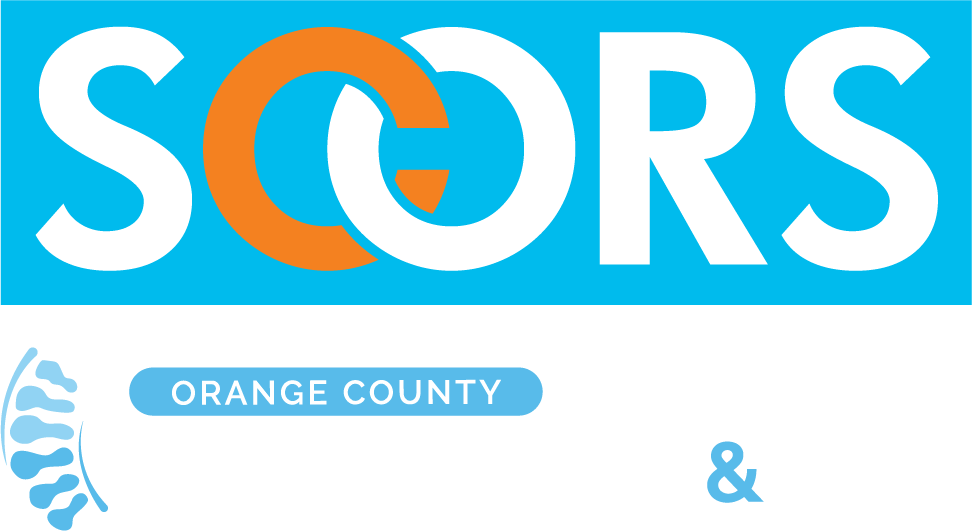A common source of lower back and neck pain, herniated discs can cause very little discomfort or trigger debilitating pain. One of the spongy discs cushioning the spine may become “herniated” when inner disc material (the center nucleus) pushes through the harder outer portion of the disc. It becomes a source of pain when nearby nerve roots are compressed. For many patients, the pain either goes away completely with non-surgical remedies or becomes manageable after an appropriate treatment.
Possible Causes of Disc Herniation
A disc may become herniated from an injury involving a hard hit to the spine. Repetitive motions, such as those required for some sports activities, can weaken discs. Conditions like osteoporosis may cause a spinal joint to fracture enough so that a disc slips out of place and becomes damaged. Additional risk factors for disc herniation include smoking and improper lifting.
Symptoms Triggered by Herniated Discs
Some people have no pain at all from a herniated disc. When pain does occur, it means a nerve root is being compressed in some way. Discomfort may be felt in the affected area of the neck or back, although pain from a herniated disc is often experienced elsewhere (radiculopathy). Frequently reported symptoms include:
- Weakness in legs, arms, or shoulders
- A “pins and needles” or tingling sensation
- Burning sensations in the neck, arm, or shoulders
- Pain associated with sitting or movement in the thighs, buttocks, or hips
Diagnosis and Treatment of Herniated Discs
Diagnosis of pain related to a herniated disc is often a combination of a patient’s medical history and reported symptoms along with image tests that confirm the location of the problem disc. The standard treatment for herniated discs often involves conservative (non-surgical) remedies, with typical recommendations including:
- Anti-inflammatory drugs, muscle relaxants, or pain medications
- Exercises to strengthen supporting back or neck muscles
- Heat or ice applications
- Non-surgical spinal decompression
Surgical Options for Relief
Surgery to relieve herniated disc pain often involves some type of decompression surgery. A discectomy may be performed if all or part of the disc needs to be removed. If the spine becomes unstable, a fusion may be performed. Artificial disc replacement is another option.
It’s estimated that nearly 9 million patients a year report herniated disc pain, although this number may be even higher since disc problems can be a secondary source of discomfort. Just because a patient is referred to an orthopedic surgeon doesn’t mean surgery is the only option left. In many cases, a referral is made so an accurate diagnosis of the source of a patient’s back or neck pain can be determined.


